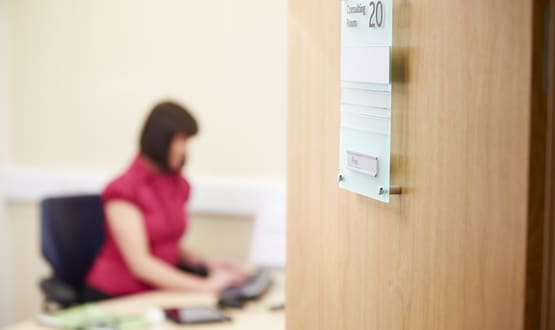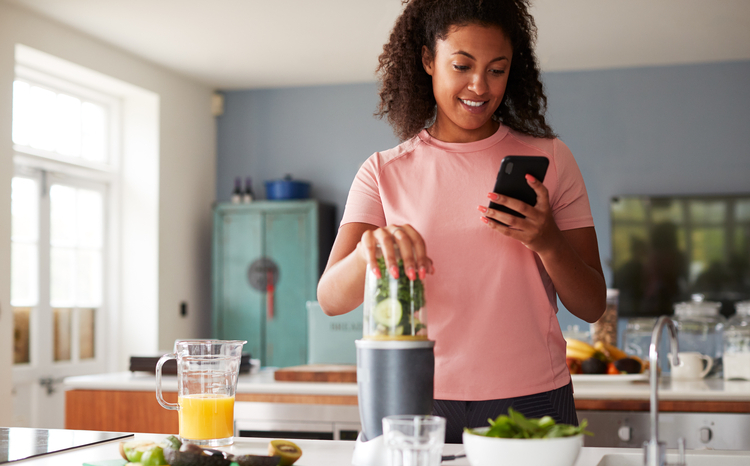What can we do creatively with call volume in general practice?
- 14 December 2021

As demand for GP appointments soar, Paul Bensley, managing director of X-on, explores what can be done to address the number of calls doctor’s surgeries are receiving every day.
The last few months have heralded a rising clamour amongst patients and some sections of the national media unhappy at the apparent difficulty in securing a face-to-face GP appointment. Irrespective of the clinical need for an appointment, there has been a growing perception that GP practices continue to be “shut” as we emerge from the pandemic.
This of course is inaccurate, reflecting a misrepresented view of the way modern primary care can and should be delivered, with the support of digital technology. It also fails to acknowledge the huge patient demand for GP support, the challenges GPs face and the low morale currently in the profession. A recent plan from NHS England to widen access to GP services, including a new pledge to increase face-to-face GP appointments through a £250m winter rescue package served to frustrate some GPs further.
Of course, more appointments will equal more patients and one complementary measure to help deal with this, according to the pledge, is to improve practice phone systems. Better telephony will certainly benefit practices and patients and level the technology disparity between practices nationally. There is one immediate issue it won’t address though. If more patients ring a practice and there are not enough staff to take the calls and handle the appointments, those patients will need to wait, potentially leading to further frustrations.
Pilling on the pressure
Following the events of the last year and with winter looming, pressures on patient access to primary care services are already at a high, before factoring in the potential increase as a result of the new winter funding. NHSE statistics show that 86% of patients have had contact with their practice by phone over the last year. As the winter pressures approach, the volume of telephone calls is steadily increasing. On Monday 4 October 2021, around 450,000 callers queued for an average of 9.1 minutes to speak to receptionists in their practice on our Surgery Connect systems. The majority of these were seeking to book appointments. Scaled up across England and Wales, we estimate that this equates to around five million inbound queuing calls. In total, assuming queuing facilities were available at their practice, patients would have queued on a single day for 760,000 hours to speak to someone in the practice.
Most of the time, particularly for patients calling surgeries with legacy phone systems, individuals will spend their waiting time being informed of their place in the call queue and entertained with music on hold. In some cases, they will have been greeted by certain information messages – Covid information or to dial 999 in an emergency, for example. Some patients will vent frustration when they eventually get through to their practice, extending call times further. This will particularly be the case if they don’t get the appointment they wanted.
The need to call a GP, as opposed to other forms of communication, is very unlikely to be replaced by other forms of communication methods. The demographics of those with greatest healthcare needs are such that the phone will be preferred to online for many years to come. In which case, rather than magically eliminating waiting time for appointments overnight, it is important that waiting time is made as useful as possible for patients instead.
Creative use of time for patients waiting on the line
Recorded information is the first thing practices should consider: what must we tell our patients, and what additional information may give them alternatives or reassurance? Many practices are playing long and compulsory introductory messages to patients before they are even permitted to join the queue, detailing triage process, physical access to the surgery, Covid policy and more. These run the risk of increasing frustration. Some patients will respond less well to verbal communication and will prefer textual or online options. Some will not have English as their first language and inevitably delivery will be too fast for some to absorb and frustratingly slow for others. Playlists within queues allow succinct recorded messages to be rotated and punctuated with sufficient time for patients to absorb and action what they are being told. Information management can inform the practice which items patients responded to.
A patient’s needs may be best served by another service, perhaps a specialist option, rather than the surgery reception. Examples include 111, Covid hubs, pharmacies or flu clinics. By offering informed choices alongside waiting times, patients can be given the option of taking control of their call. Many practices like to inform patients as to availability of certain resources such as same day appointments, or flu vaccinations. By allowing these updates to be made in real time, patients are not unnecessarily waiting for information, clearing the queue for others.
Some information is also better communicated textually, particularly if there is a link to an internet resource such as more information or an online consultation alternative. By identifying patients on mobiles, a message can be sent either automatically or in response to a patient request while waiting and potentially handling their needs. Alternatively, where a patient callback option is implemented, patients can wait in a “virtual” queue to be called back, meaning they hold their place in the queue whilst they get on with their day.
Self-serve and patient identification systems that allow patients to book and cancel appointments automatically have been around for a while. However, there are downsides to allowing patients this level of control through phone services, particularly when demand is high. The process for identifying a patient must be very robust – a calling number is insufficient where households share a phone, for example. The risk of disclosing patient information, even within a household, must be considered. However, it can be beneficial to allow patients to cancel an appointment automatically without having to wait in a queue to do so. Again, this is another example of where a relatively simple digital provision can make a big difference.
Looking forward
If the future is meeting patient demand with the help of technology, then so too is accepting reality and dealing as best as possible with the challenges facing general practice. Though these solutions do not remove the issue of patient demand for appointments, they do help to reduce patient waiting time, frustrations, and potentially call volume, a worthwhile measure for practices as they tackle the challenging months ahead.





4 Comments
I agree with Dr Harden.
When I’ve tried sending an email to my GP practice I often get the response that they don’t engage via email. I’ve used on an online triage tool, but that takes quite a long time to complete. Certainly a structured email would do the trick, especially when it comes to recording exchanges in my GP record, which is sometimes another blocker to email communication.
Thanks for your support Richard. Sadly I suspect that few GPs will offer this as I suspect that they will regard it as additional work rather than an alternative communication option.
PS It would need to be clear that this was not the only means of contacting the practice but an alternative for those happy to use an email.
Although not likely to be popular with many GPs the most efficient system of ensuring that the patient is managed by the most appropriate health professional at the right time could be by an email possibly in a structured format. It would be quicker for a GP or Practice Nurse to assess who where and when by reading an email which could include a phone number for further details.
Comments are closed.